Mourning, accepting, and moving forward

It’s okay to mourn your former self.
I am not the same person I used to be, and I have been mourning who I once was. My former self is gone. Dead. I’m not that person anymore, and I may never be again. It’s been a struggle, but I’m finally accepting how my life has changed and finding ways to move forward.
Throughout this period of mourning, I’ve wondered what my life will be like moving forward. What will I do as an entirely different person? Who am I? How is this new person supposed to live life? What am I supposed to do? Everything is new and different, and I don’t know how this new person is supposed to live day to day. I’m no longer me. It’s like trying to learn to live life as a completely different person. I’m changed. My thought process has been altered in a way I am still trying to understand. Even with all the uncertainty, I’m learning how to be this new person. I’m figuring out who I am, and I’m trying to adjust my ways. My life has been flipped upside down (and shaken a few times, vigorously).
I’m not going to discuss what has changed my life so profoundly, but it is indeed a life-altering change. I went through the five stages of grief, and I feel I have finally fully entered the acceptance stage. I’m moving forward one tiny step at a time. I’m learning how to live with the changes and trying to reclaim as much of my former self as I can. At this point, I don’t how much will be possible, but I’m making peace with it. I’m holding on to every little bit of my former self that I can so I don’t lose myself completely. I’m using those small parts to build a new me with enough of my old self that I recognize the person I’m becoming. I truly am a work in progress right now, and I’m hoping I grow enough that these changes don’t seem so awful. I really am getting there, and some of who I’ve always been is reappearing each day. I’m starting to see the light at the end of the tunnel, and I am slowly moving toward it. I’ll make it. It took a while for me to believe I’d get there, but I’m on my way.
This, too, will pass?
It might not. I’m thinking it likely won’t. And if it doesn’t, I’m learning that it’s okay.
Are you having an identity crisis? Let me tell you what I have learned during my journey.
- You haven’t lost yourself completely.
It might be difficult to find yourself, but it’s okay. Sometimes it takes a lot of time and hard work, but if you keep digging within yourself…well, there you are. Your heart feels the same toward others, and your head rationalizes the same way. Emotions impact you the same. That’s you. It might feel like you have disappeared, but you’re the same at your core. You’re still in there, and even if parts of you don’t resurface for the world to see, it’s okay. - Reinventing doesn’t mean giving up on yourself.
Who you truly are will be the center of your rebirth. It will help determine who you become when you reinvent yourself. No matter what changes occur, you are still you. Even if no one else sees it, you are still in there. You’re not sacrificing your identity. You’re going to use parts of it to evolve, so the person you become reflects the very essence of who you are. That new person? It’s a refined version. It’s a better version. It is you in an evolved form—You 2.0. - Digging out of an identity crisis is hard, but it’s worth it.
Every day, I feel better about myself. Every single day I spend working on reinventing myself, I regain a bit of happiness. I catch glimpses of my former self here and there, and it reminds me that it’s still me in there. It doesn’t matter how you reinvent yourself. It only matters that you keep working at it. When you realize you are still you inside, the hardest part is done. If you feel like you’re spinning your wheels, keep trudging along. It doesn’t matter how fast you move. It only matters that you keep moving and keep going forward. You’ll get there. - It’s okay to mourn your former self.
Sometimes we need to go through a period of mourning. Working through the stages of grief spit me out on the other side. I’m still flailing around a bit, but acceptance has made me determined. Mourning taught me many things. I’ve learned to cope with the changes, and these coping skills are a gift of grieving. I’m using them to reinvent and learn to love myself again no matter how different I may be. Take time to grieve. Learn how to cope through grieving. Use it to reinvent yourself and grow into a person you love.
No matter what you’re going through, keep going. Just keep pushing forward. You’re going to make it to that light at the end of the tunnel.
Complete Article ↪HERE↩!

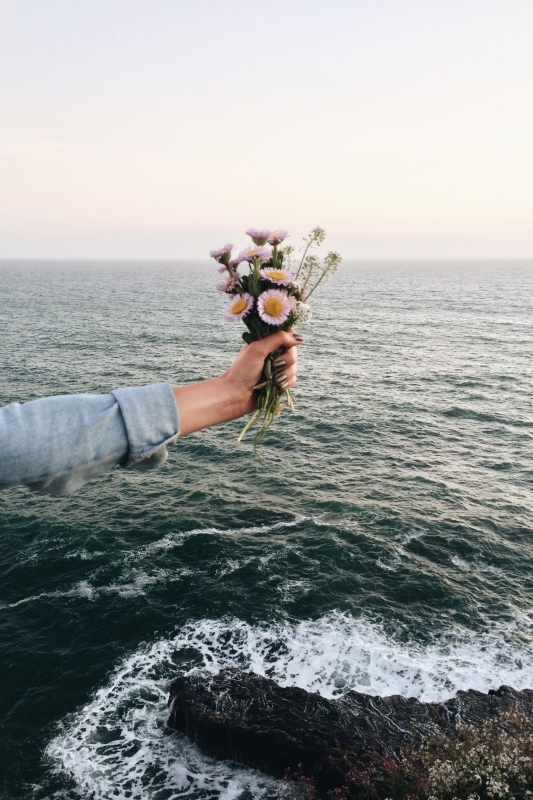
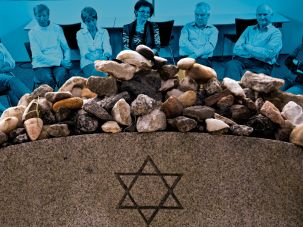 In front of them stood Sally Kaplan, one of three facilitators present from the organization
In front of them stood Sally Kaplan, one of three facilitators present from the organization 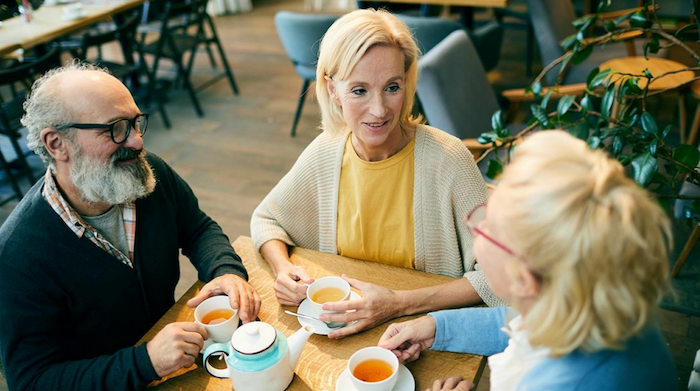
 The object: to turn death from a feared end to something that is part of life.
The object: to turn death from a feared end to something that is part of life.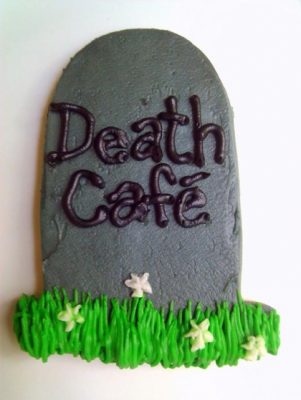
 Do: Offer the opportunity for everyone to speak but allow those who want to remain silent to do so.
Do: Offer the opportunity for everyone to speak but allow those who want to remain silent to do so. 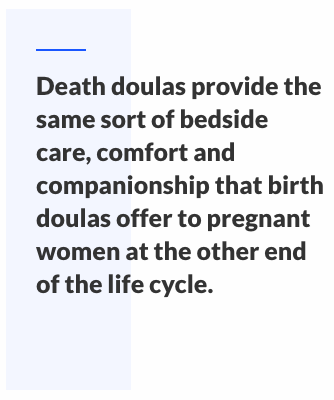 Death doulas
Death doulas Shatzi Weisberger, an 88-year-old retired nurse from New York City is a regular, too.
Shatzi Weisberger, an 88-year-old retired nurse from New York City is a regular, too. 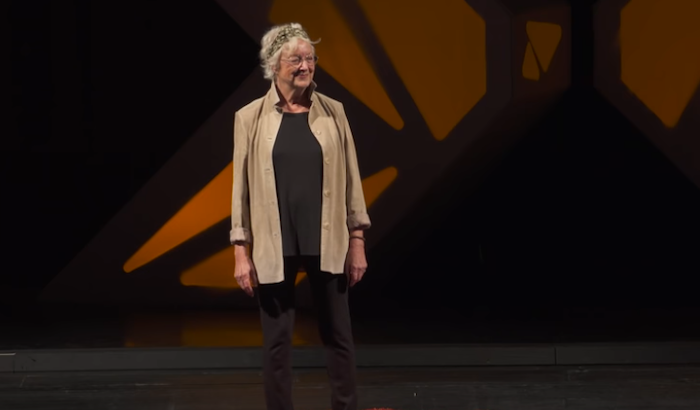
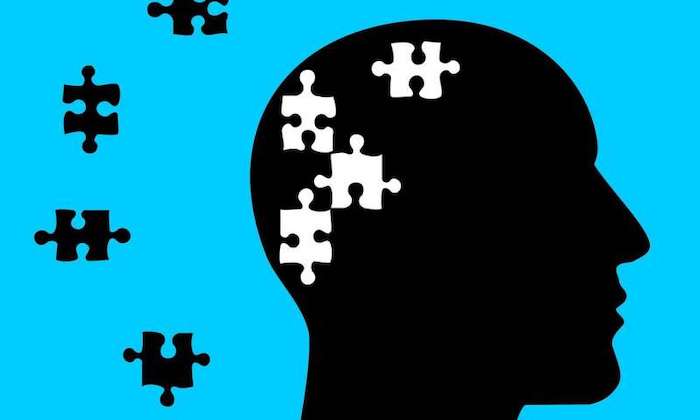
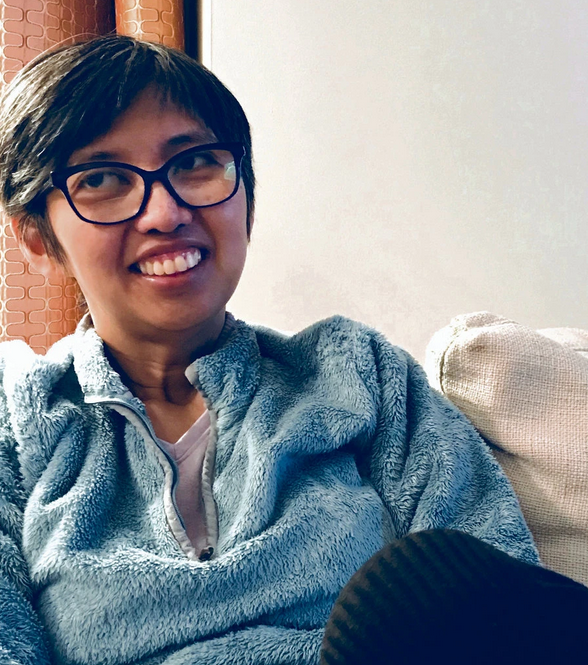
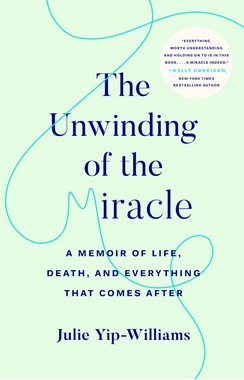 The family would eventually survive a dangerous escape on a sinking boat to Hong Kong, and less than a year later make their way to the United States, where at 4 years old, Yip-Williams had a surgery that granted her some vision, if not enough to drive or read a menu without a magnifying glass.
The family would eventually survive a dangerous escape on a sinking boat to Hong Kong, and less than a year later make their way to the United States, where at 4 years old, Yip-Williams had a surgery that granted her some vision, if not enough to drive or read a menu without a magnifying glass.